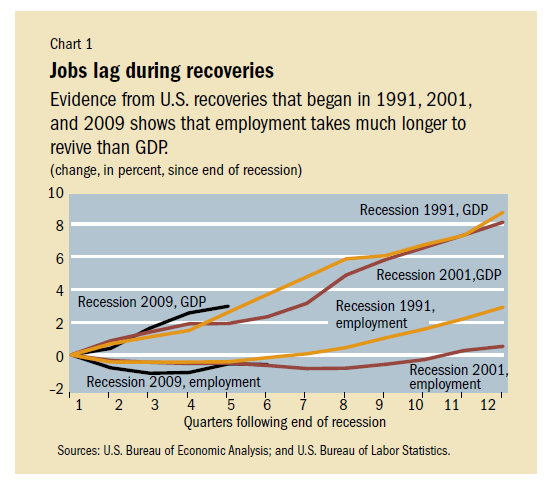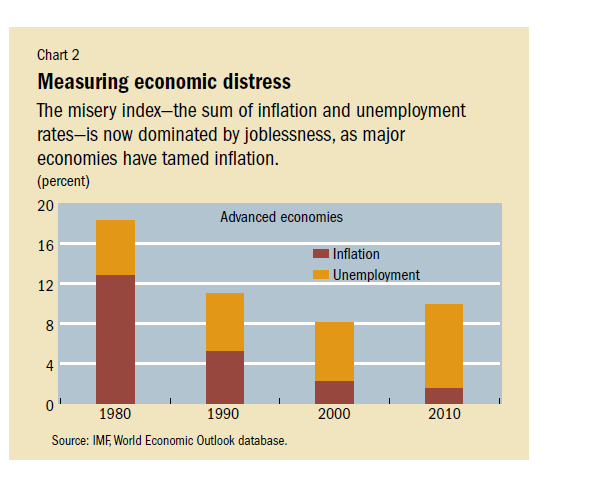The Great Recession that started in December 2007 ended in June 2009, according to The National Bureau of Economic Research. While the recovery from June last year has been modest, the unemployment rate has worsened since then and now continues to hover around the 10% mark. According to official figures, in November the U.S. unemployment rate stood at 9.8% with 15.1 million people unemployed.
With millions of Americans looking for work, competition is tough for all types of jobs and companies are brutally cutting down wages by hiring temporary workers to raise profits. The phenomenon of thousands of people competing for a handful of available positions is usually seen in third-world countries. However that is now becoming increasingly common here in the United States. For example, a recent Bloomberg article noted that 420 Flight-Attendant jobs with U.S. Airways drew 4,000 applicants.Similarly in October, Delta Air Lines received 100,000 applications for 1,000 such jobs. Despite U.S. companies sitting on record amounts of cash on their balance sheets and corporate profits increasing strongly, job growth is not occurring at a faster pace.
An article in The New York Times discusses the growth of temporary workers in the U.S. workforce. From the article:
To the more than 15 million people who are still out of work, those with temporary jobs are lucky. With concerns mounting that the long-term unemployed are becoming increasingly unemployable, those in temporary jobs are at least maintaining ties to the working world.
The competition for them can often be as fierce as for permanent openings, and there are still far too few of them to go around. Indeed, the relative strength in temporary hiring has done little to dent the stubbornly high unemployment rate, which rose to 9.8 percent in November.
“With business confidence, particularly in the small business sector, extremely low,†said Ian Shepherdson, chief United States economist at the High Frequency Economics research firm, “it’s not surprising that permanent hiring is lagging behind.â€
The landscape two or three years from now might look quite different, of course. Many economists and executives at temporary agencies say there are signs that more robust permanent hiring is coming in the new year. Business confidence is up, and temporary agencies report that the percentage of interim workers who have been offered full-time jobs is also up from last year.
Nevertheless, there are signs that this time around, the economy could be moving toward a higher reliance on temporary workers over the long term.
This year, 26.2 percent of all jobs added by private sector employers were temporary positions. In the comparable period after the recession of the early 1990s, only 10.9 percent of the private sector jobs added were temporary, and after the downturn earlier this decade, just 7.1 percent were temporary.
Temporary employees still make up a small fraction of total employees, but that segment has been rising steeply over the past year. “It hints at a structural change,†said Allen L. Sinai, chief global economist at the consulting firm Decision Economics. Temp workers “are becoming an ever more important part of what is going on,†he said.
Contrary to the convention wisdom that job growth should lead recoveries, employment growth in general actually lags GDP growth. The following chart shows that in the past recessions, employment has taken many quarters to recover than GDP growth:
So based on past evidences,U.S. unemployment rate will slowly decline over the coming quarters.
An indicator of economic distress is the Misery Index. It is sum of inflation and unemployment. This index gained popularity during the presidential election of 1980. The chart below shows the Misery Index for advanced economies:
Source: Finance & Development, December 2010, IMF
Since 1980, the index has declined in the U.S. and other developed countries mostly due to the taming of inflation. Unemployment however has remained a problem and continues to be so. In fact, during the Great Recession the contribution of unemployment to the Misery Index has increased sharply.





